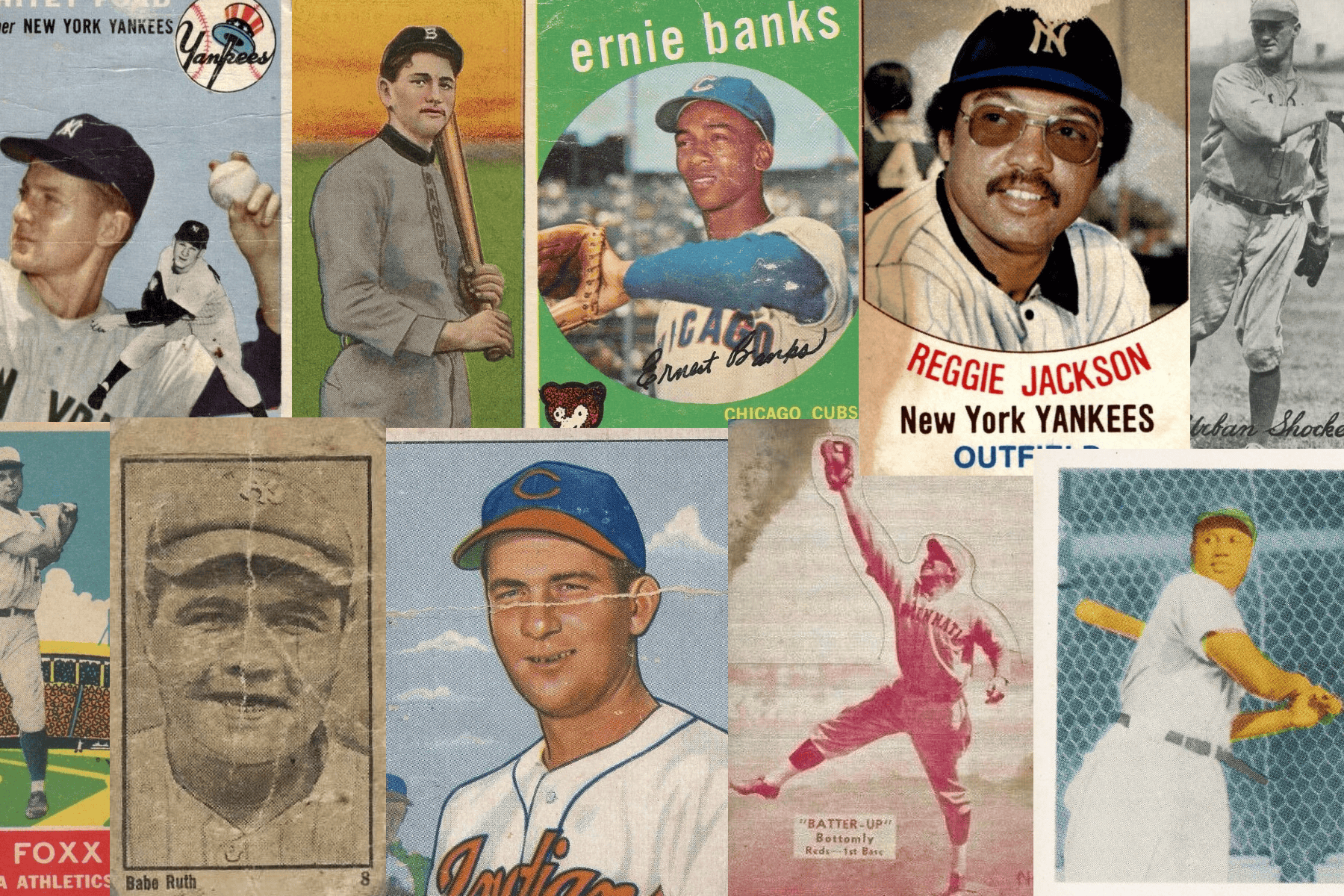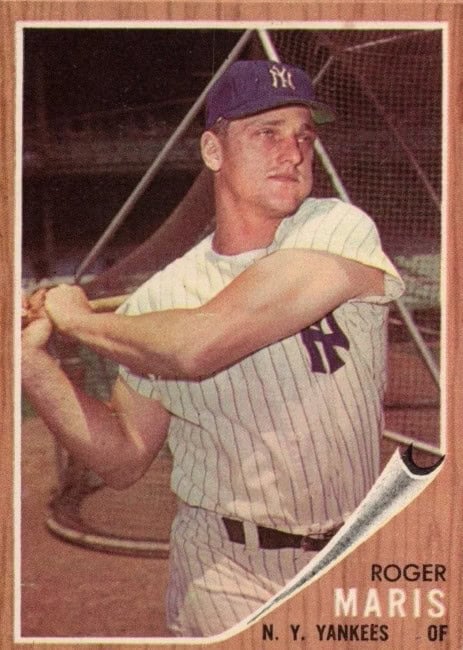
The world of vintage baseball card collecting is as much about preserving history as it is about nostalgia. Cards from bygone eras carry not only monetary value but also an intangible link to the past. Over time, however, these relics of the game are subject to the wear and tear of handling, exposure to the elements, and the slow march of decay. This natural deterioration raises a critical question among collectors: What role does baseball card restoration play in the hobby? Should vintage baseball cards be restored to their former glory, or should they remain untouched, showcasing the scars of time?
Baseball card restoration techniques have advanced significantly, allowing for sophisticated interventions that can revive even the most damaged cards. Yet, the debate over restoration remains contentious. Purists argue that altering a card detracts from its authenticity. Others see restoration as a means of preserving both the aesthetic and monetary value of the card. This article delves deep into the science and art of card restoration, the ethical debates surrounding it, and the impact it has on a card’s value in the eyes of collectors.
The Science of Baseball Card Restoration: Techniques and Tools
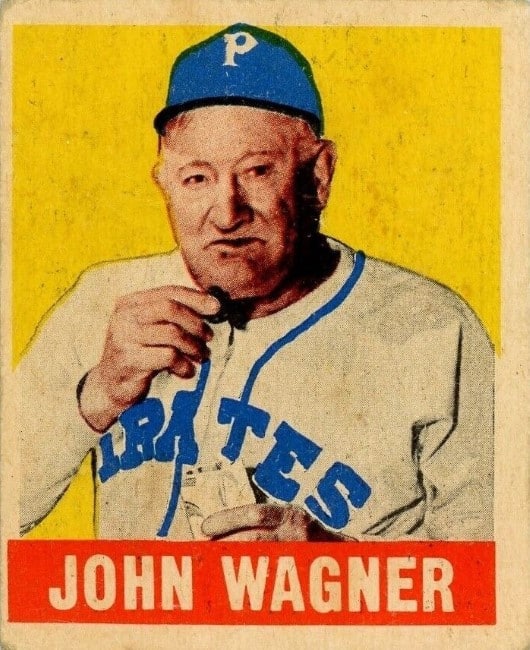
Restoration is an intricate and nuanced process, requiring a blend of scientific understanding and artistic skill. The primary goal of restoration is to stabilize a card’s condition while minimizing any visible evidence of intervention. Let’s explore some of the advanced techniques used in the restoration of vintage baseball cards.
Surface Cleaning and Dirt Removal
Over the decades, cards can accumulate surface grime, fingerprints, and airborne particles. Restorers use various cleaning agents to gently remove this dirt without damaging the card’s original surface. One of the most common tools is an eraser, but not the typical kind you’d find in a classroom. Restorers use specialized putty and erasers, which are soft enough to lift grime without abrading the card’s surface.
Chemical treatments are used when cards are stained by substances like oil or water. For instance, a weak solvent such as isopropyl alcohol or deionized water is carefully applied to dissolve the contaminants. The goal is to do so without affecting the ink or card stock. This process requires a deep understanding of the chemical composition of the contaminants and the card itself. Otherwise, damage can occur.
Flattening and De-Wrinkling
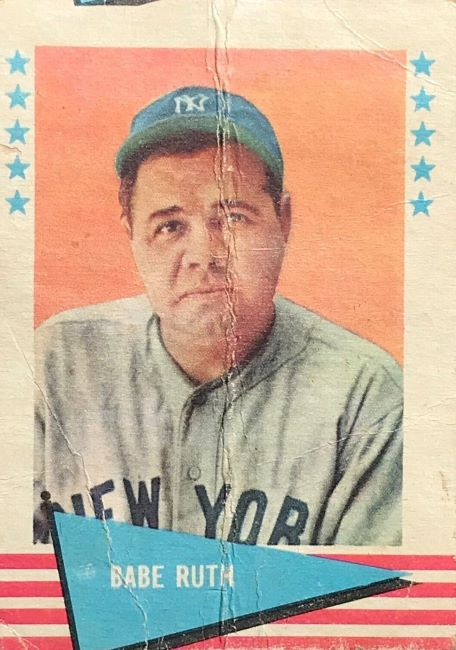
Warping and wrinkling are common issues with vintage cards, often caused by exposure to moisture. Restorers use heat and pressure to reverse these effects. However, the process must be done cautiously. A common technique involves placing the card between layers of blotter paper and applying heat with a tacking iron. The heat softens the fibers of the card, while the blotter paper absorbs any excess moisture. The card is then pressed flat until it cools.
In more severe cases, the card may be humidified in a controlled environment before flattening. A humidification chamber gradually reintroduces moisture to the paper fibers, making them more pliable. The card is then pressed flat. A slow drying process follows.
Tear Repair and Reinforcement
Tears, whether small nicks on the edges or large rips across the card, are a significant challenge in restoration. Repairing these requires precise alignment and a near-invisible repair method. One common approach involves the use of archival adhesives and tissue paper. The tissue is meticulously applied to the back of the tear. This provides reinforcement while remaining thin enough to avoid adding noticeable bulk.
In more advanced restorations, Japanese tissue paper, known for its strength and translucency, is often used. This paper can be tinted to match the color of the card, making the repair virtually invisible. The adhesive used must be both strong and reversible, allowing for future restorations or adjustments if necessary.
Color Retouching and Ink Restoration

One of the most delicate aspects of card restoration is color retouching, especially when dealing with cards that have faded or suffered from ink loss. Restorers often use fine brushes and archival-quality inks that are color-matched to the original print. This process demands a steady hand and an eye for detail. Any discrepancies in color or texture can be easily spotted by discerning collectors.
Advanced retouching techniques might also involve the use of airbrushes for larger areas or even digital retouching followed by reprinting. However, these methods are controversial. Because they involve adding new material to the card, this can be seen as altering rather than restoring it.
Edge and Corner Restoration
Frayed edges and dinged corners are common problems with vintage cards, especially those that were frequently handled. Restorers may use techniques such as:
- Edge trimming – Removing small amounts of paper to create a clean edge
- Edge reinforcement – Adding archival paper to build up worn edges
- Corner restoration – Careful reformation of the corner using pressure, heat, and adhesive to stabilize the damage.
The goal in these cases is for the card to remain as close to its original state as possible.
The Ethical Debate: Baseball Card Restoration vs. Conservation
While baseball card restoration can bring a damaged card back to life, it also raises ethical questions. Should vintage cards be restored at all? How much restoration is too much? These questions lie at the heart of the debate between restoration and conservation.
Restoration: Reviving Beauty and Value
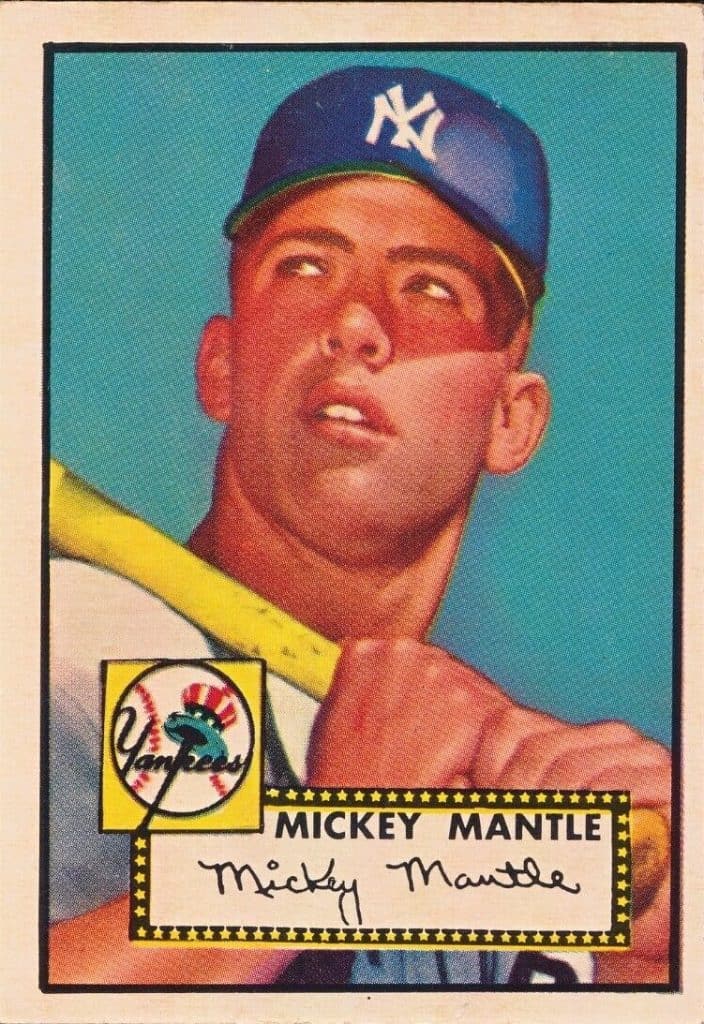
Proponents of baseball card restoration argue that restoring a card not only preserves its beauty but can also enhance its market value. For collectors who prize aesthetic perfection, a well-restored card can be more desirable than one with visible damage, even if the restoration is detectable. In some cases, restoration can prevent further deterioration, effectively saving the card from complete destruction.
For example, a 1952 Topps Mickey Mantle card with significant creasing or staining might be worth a fraction of its potential value. After careful restoration, however, the card could fetch a much higher price, especially if the restoration work is subtle and expertly done. Some collectors are willing to pay a premium for a card that looks flawless, even if they know it has been restored.
Conservation: Preserving Authenticity
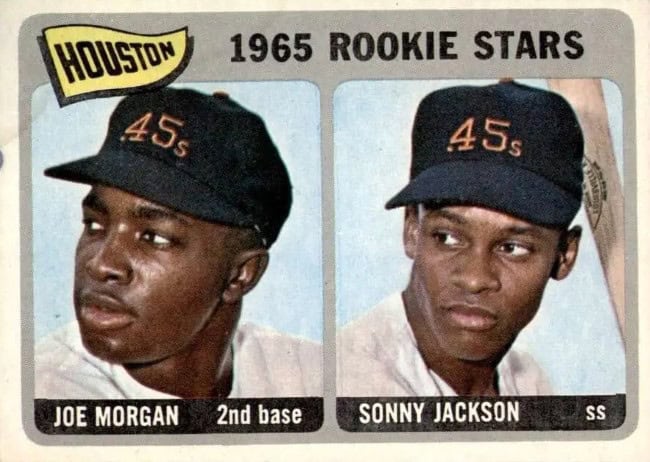
Purists on the other side of the debate believe that a card’s wear and tear are part of its history and should remain untouched. Conservation, as opposed to restoration, focuses on preserving the card in its current state without making any cosmetic changes. The idea is to stabilize the card to prevent further damage while retaining its authenticity.
For these collectors, a card’s imperfections—whether it’s a soft corner, a crease, or a bit of discoloration—tell the story of its journey through time. In their eyes, restoration is a form of tampering, reducing the card’s historical integrity. A well-conserved card, even if damaged, is seen as more valuable because it remains an unaltered piece of history.
The Gray Area: Partial Restoration
Between the extremes of full baseball card restoration and strict conservation lies a middle ground: partial restoration. This approach involves making minor repairs to stabilize the card or enhance its appearance without altering its fundamental nature. For example, a restorer might clean the surface and flatten a card but leave small creases or imperfections intact. Partial restoration aims to find a balance between preserving the card’s history and enhancing its visual appeal.
This middle ground is becoming increasingly popular among collectors who appreciate the aesthetic value of restored cards but still want to retain some of the card’s original character.
How Baseball Card Restoration Affects Value
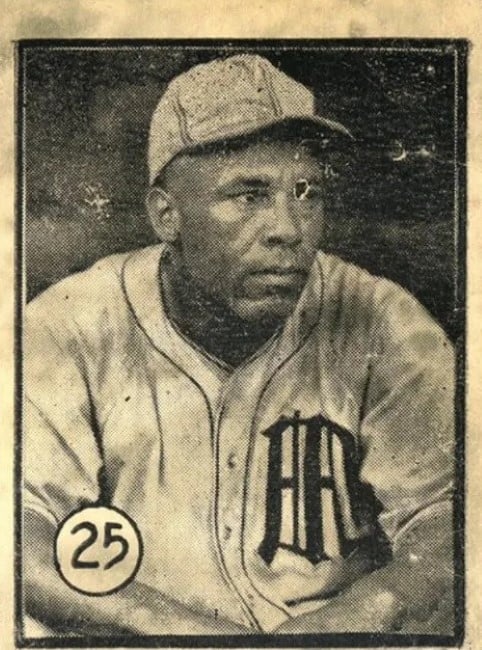
Restoration’s impact on a card’s value is a complex and nuanced issue. Well-restored cards can command higher prices than damaged cards. However, restored cards are generally valued less than mint-condition originals. The extent of the restoration and the quality of the work play significant roles in determining value.
Transparency and Disclosure
One of the most important factors affecting a restored card’s value is transparency. Collectors expect full disclosure of any restoration work, no matter how minor. Reputable restorers provide detailed reports of the work done, and some even offer certificates of authenticity for their restorations. Cards with undisclosed restoration can lead to significant devaluation if the actions are discovered after the sale.
Transparency is crucial because it allows buyers to make informed decisions. A card that has undergone minimal, high-quality restoration and comes with full documentation may still be highly desirable, especially if it’s a rare or valuable card. On the other hand, a card with extensive restoration that isn’t properly disclosed can lead to distrust and harm the seller’s reputation.
Third-Party Grading and Restoration
Third-party grading companies, such as PSA, SGC, and Beckett, play a critical role in determining a restored card’s value. These companies offer “Authentic” grades for cards that have undergone restoration, indicating that the card is genuine but has been altered. In some cases, they may provide a detailed description of the restoration work.
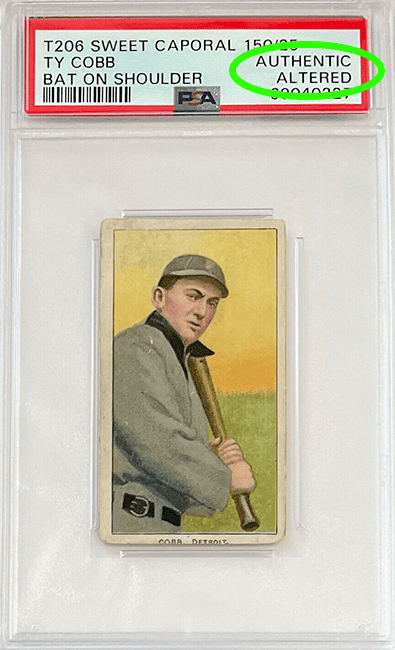
A card that receives an “Authentic” grade rather than a numerical grade due to restoration is typically worth less than a card that has received a high numerical grade. However, for certain rare and valuable cards, restoration may be seen as an acceptable trade-off for the preservation of the card. In these cases, the card’s rarity can outweigh the stigma of restoration.
Grading companies typically will not grade cards with clear evidence of recoloring, trimming or other external manipulations. However, some do offer grading as “AA,” or “Authentic, Altered,” at the grader’s discretion.
For PSA, cards that cannot be graded will receive “N” grades and the card will be returned without being placed in a holder.
- N1: Evidence of trimming
- N2: Evidence of restoration (corners repaired, etc.)
- N3: Evidence of recoloring
- N4: Questionable authenticity (e.g. counterfeit)
- N5: Altered stock (from the factory)
- N6: Under size requirements (from the factory)
- N7: Evidence of cleaning
- N8: Miscut (from the factory)
- N9: Other
Market Perception and Trends
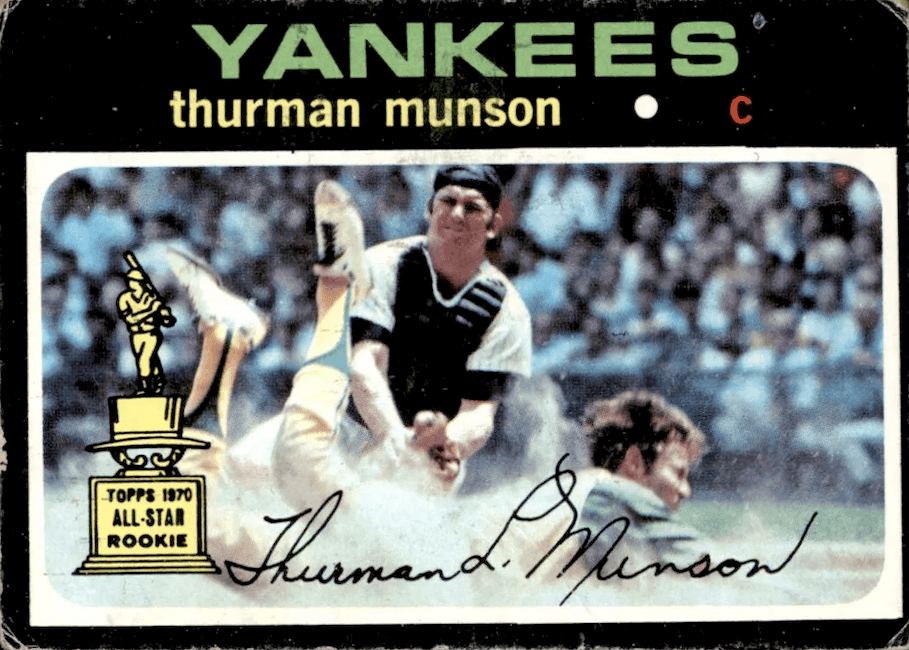
Market perception of restoration has evolved over time. In the past, any form of restoration was viewed negatively, but as restoration techniques have improved and become more transparent, the stigma has lessened. Today, there is a growing acceptance of restored cards, particularly for rare vintage cards where the alternative might be a significantly damaged or degraded item.
The rise of partial restoration and the emphasis on transparency have helped shift collector attitudes. However, the market still tends to favor original, unaltered cards, especially for high-end collectors and investors. The key is finding the balance between restoration that enhances the card’s appearance and preserves its authenticity, without crossing into territory where the card’s original essence is lost.
Rarity vs. Condition
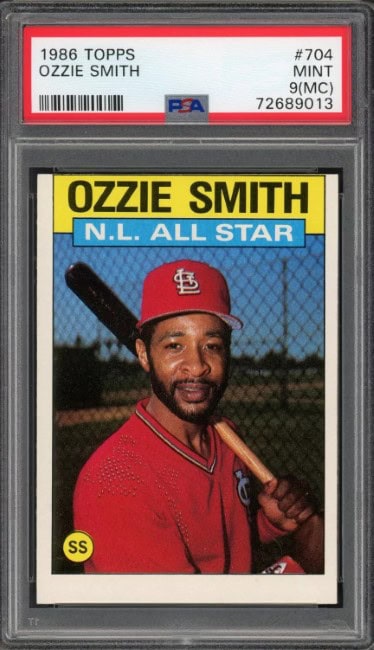
The impact of restoration on a card’s value often hinges on the balance between rarity and condition. For extremely rare cards, even heavily restored examples can command significant prices simply due to their scarcity. A T206 Honus Wagner, for instance, even if it’s been restored, could still fetch hundreds of thousands of dollars, as collectors may prioritize ownership of such a rare piece over the card’s pristine condition.
On the other hand, for cards that are more common, restoration tends to have a more negative effect on value. A restored 1957 Topps Mickey Mantle, for example, might sell for less than an unrestored version in a similar grade, as collectors have more options for finding an unrestored version of that card.
Collector Preferences and Personal Taste
Ultimately, the value of a restored card often comes down to the preferences of individual collectors. Some collectors prioritize aesthetic appeal and might be willing to pay a premium for a restored card that looks visually stunning. Others place a higher value on originality and would prefer an unrestored card, even if it shows signs of wear and tear.
This variation in preferences means that the market for restored cards can be unpredictable. One collector might see a restored card as an opportunity to own a visually appealing version of a card they love, while another might see it as a compromised piece of memorabilia. Restoration, therefore, introduces a level of subjectivity into the valuation process that can make pricing restored cards more challenging.
The Future of Baseball Card Restoration: Trends and Innovations
As restoration techniques continue to evolve, so too does the debate surrounding the practice. Technological advancements are making restoration more precise and less invasive, which could shift the balance in favor of restoration as an accepted practice in the hobby.
Advancements in Digital Restoration
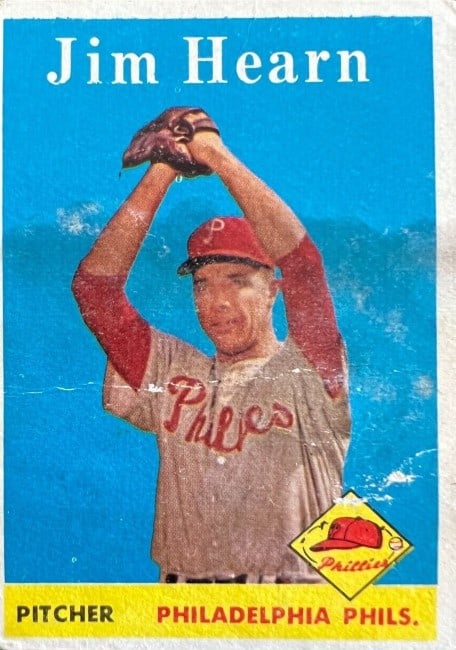
One of the emerging trends in the restoration world is the use of digital technology to assist in restoration work. High-resolution scanners and digital imaging software allow restorers to analyze a card in minute detail, identifying areas of damage and planning restoration work with greater precision. In some cases, digital tools can be used to simulate restoration work before it is physically carried out, allowing restorers and collectors to see the potential results and make informed decisions.
Digital restoration also opens up the possibility of creating high-quality digital replicas of restored cards. While these replicas wouldn’t replace the original, they could serve as a way to preserve the visual appearance of a card without altering the physical item. This could appeal to collectors who want to maintain the card’s original state while still enjoying a pristine version of it.
Sustainability and Ethical Considerations
As with many industries, sustainability is becoming an important consideration in the world of card restoration. The use of archival-quality, environmentally friendly materials is becoming more common, as restorers seek to minimize their impact on the environment while ensuring the longevity of their work.
Additionally, there is an increasing focus on the ethics of restoration. Restorers are being held to higher standards of transparency and accountability, with more emphasis on reversible restoration techniques that allow future collectors to undo the work if desired. This focus on ethical restoration practices is helping to build trust within the collector community and could lead to greater acceptance of restored cards in the future.
The Role of Education
Education is playing a crucial role in shaping the future of card restoration. As collectors become more knowledgeable about the techniques and ethics involved in restoration, they are better equipped to make informed decisions about whether to restore their cards and how to assess restored cards on the market.
Workshops, webinars, and online courses are being offered by experts in the field, providing collectors with the knowledge they need to understand the restoration process and evaluate restored cards. This increased transparency and education are helping to demystify the practice of restoration and could lead to a more nuanced and informed debate within the hobby.
Conclusion: Baseball Card Restoration vs. Conservation
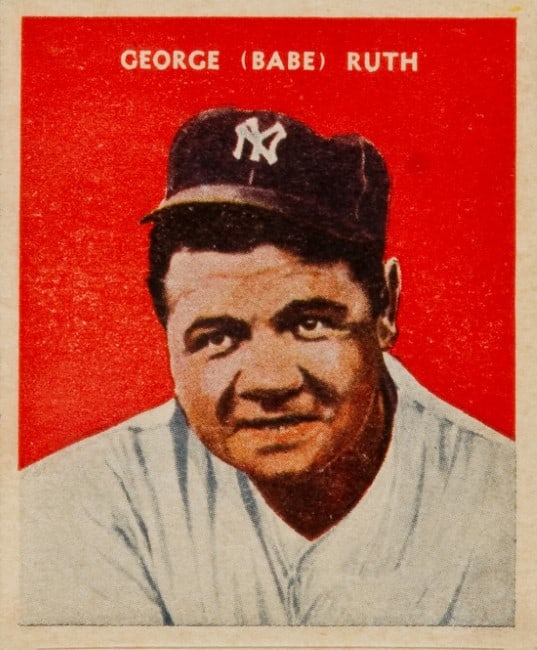
Restoring vintage baseball cards is both an art and a science, requiring a delicate balance between preserving history and enhancing value. As restoration techniques continue to evolve and the debate over ethics intensifies, collectors are faced with important decisions about how to care for their cherished cards. For some, restoration offers a way to preserve a card’s beauty and prevent further deterioration, while for others, it represents a step too far, altering the card’s authenticity and historical integrity.
The impact of restoration on a card’s value remains complex and subjective, influenced by factors such as transparency, rarity, and collector preferences. While the market may favor original, untouched cards, restored cards have their place in the hobby, especially when handled with care and transparency.
Ultimately, the decision to restore a card—or leave it in its original state—is a personal one, shaped by a collector’s values, goals, and vision for their collection. Whether you’re a purist who treasures the history written in every crease and corner, or someone who sees beauty in a carefully restored masterpiece, the world of vintage baseball cards offers a rich and varied landscape for exploration, filled with opportunities to connect with the past and preserve it for future generations.
